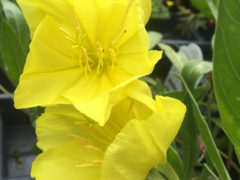
Missouri primrose
Oenothera macrocarpa
Large, deep yellow flowers cover this sprawling native over glossy green leaves from late spring … Continued
Drought-tolerant and drought-resistant plants may still need supplemental water from time to time, but they can survive periods of dryness without dying.
Drought-resistant plants like cactus, hens and chicks, and sedums can go for very long periods without water and do not tolerate poorly drained locations. Drought-resistant tropical plants grown indoors in winter like cactus, Sansevieria, Echeveria, and other succulents sometimes fail due to overwatering.
Drought-tolerant plants grow in many textures and sizes and have different adaptations that help them get through periods of drought:
The latter two types of plants are drought tolerant once established because any new planting, regardless of drought tolerance, needs to be watered during the first growing season to allow roots to reach the depths needed to access moisture during dry periods.
It’s also important to note that survival may not mean that the plant will look its best during this time. Watering weekly for a longer period of time will result in the best-looking gardens with the highest tolerance for drought. During the hottest, dryest times in summer, watering deeply twice a week is recommended. These less frequent waterings will encourage root systems to expand, making it easier for plants to access moisture when their environment is dry.
Winter drought has become a bigger problem in recent years as snowfall declines. Evergreen plants are especially vulnerable during winter drought because their foliage continues to shed moisture while dormant deciduous plants have shed their leaves and can conserve moisture in woody stems and underground. Watering shrubs and trees in winter on days when the temperature allows (above freezing) will help ensure their healthy return in spring.
Here are some drought-tolerant and drought-resistant plants to grow—

Oenothera macrocarpa
Large, deep yellow flowers cover this sprawling native over glossy green leaves from late spring … Continued
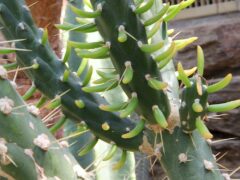
Austrocylindropuntia subulata (Opuntia subulata)
In its natural habitat, the plant is capable of growing up to 12’ feet tall. … Continued
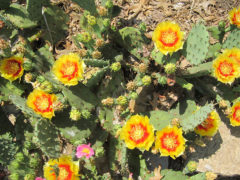
Opuntia macrorhiza
Low mats of spiny pads which can colonize large beds over time. Showy flowers are … Continued
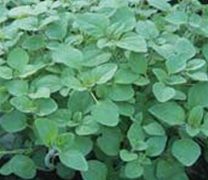
Origanum vulgare 'Hot & Spicy'
A hardy and flavorful Greek oregano. This cultivar is best used dried, which reportedly deepens … Continued
Origanum dictamnus
Fuzzy gray-green leaves on branched stems covered with hop-like pods and lavender-pink flowers summer through … Continued
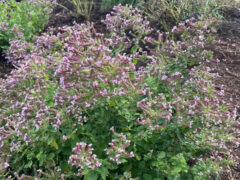
Origanum hybrid
Bright chartreuse yellow foliage is topped with mauve-pink flowers starting in summer. The leaves are … Continued
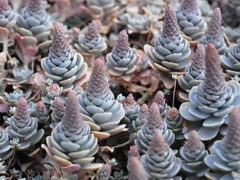
Orostachys iwarenge
From a low, blue-grey carpet of rosettes, pinkish conical spires rise. Spires grow to about … Continued
Maclura pomifera 'White Shield'
Both fruitless and thornless, this tough Midwest native was found in western Oklahoma by plantsman … Continued
Osteospermum ecklonis
African daisies are long-blooming, heat and drought tolerant! Deadhead to encourage consistent blooms. ‘Gelato Apricot’ … Continued
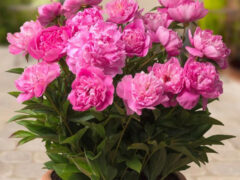
Paeonia x
This compact, easy-to-grow peony can be grown in small garden spaces and containers! Double bright … Continued
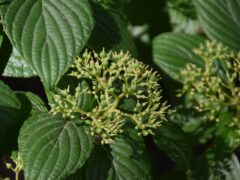
Cornus alternifolia
An excellent native plant with four-season interest, these beautiful trees have unique horizontal branching and … Continued
Carex muskingumensis
A dense, clump-forming sedge that grows up to 20″ tall. Commonly called palm sedge because … Continued